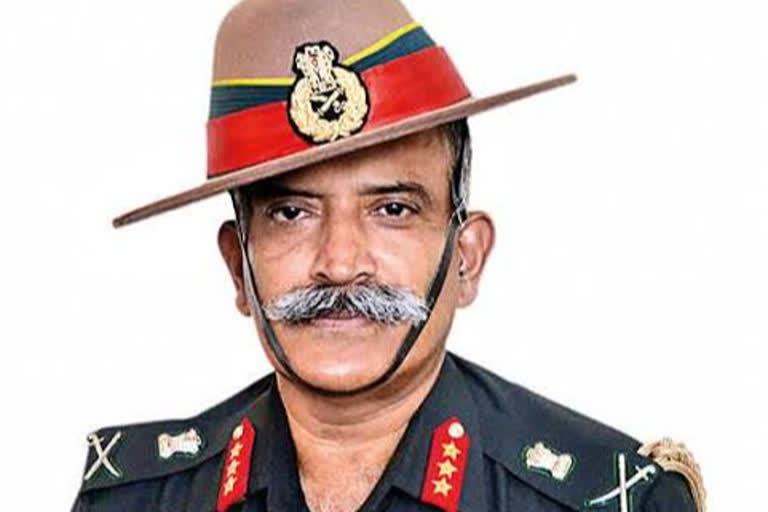Kibithu (Arunachal Pradesh):The border relationship between India and China is one that evokes curiosity. While the Western Sector has been marked by aggression and belligerence between the two sides which has led to the current deployment of about 1,00,000 soldiers on both sides of the border, the Eastern Sector is relatively calm despite China staking a far more serious and bigger claim.
In a recent informal interaction with a group of journalists in Kibithu, situated near the Line of Actual Control (LAC) in Arunachal Pradesh’s Anjou district, Lieutenant General Rana Kalita, the commander of the Eastern Command, explained: “The dynamics of the Eastern Command and Northern Command (across Ladakh) are totally different. The terrain, size of the area of operations, operational dynamics and objective of operations are all varied in a peculiar way. Till now we have been having cordial relations at the functional level of ground Commander and there have been hardly any friction areas in the recent past.”
“We also have well-instituted mechanisms in places like formal interactions and BPMs to resolve differences of opinions. The situation along the LAC in Eastern Theatre has been stable and no major changes or palpable shift of stance has been noted.” But China’s position is perplexing because while it accepts the existence of the LAC across eastern Ladakh, it has never accepted Arunachal Pradesh which it calls “Southern Tibet”.
It is all the more confounding because while China accepts the sanctity of the McMahon Line (ML) between China and Myanmar, it doesn’t accept the ML with India. From west to east and spread across Ladakh, Uttarakhand, Himachal Pradesh, Sikkim and Arunachal Pradesh, the 3,488-km-long India-China border straddles one of the world’s most difficult and extreme terrains on the Himalayas where accessibility is difficult, oxygen is scarce across swaths, and the winters bitter.
Unlike the LAC, the ML is open, porous and unguarded which is because of the thick jungles, difficult terrain and remoteness from the Indian perspective. While the Eastern Sector may have been calm, there has been no letting down of military deployments by both sides besides a frenzied rush to develop infrastructure near the border.
